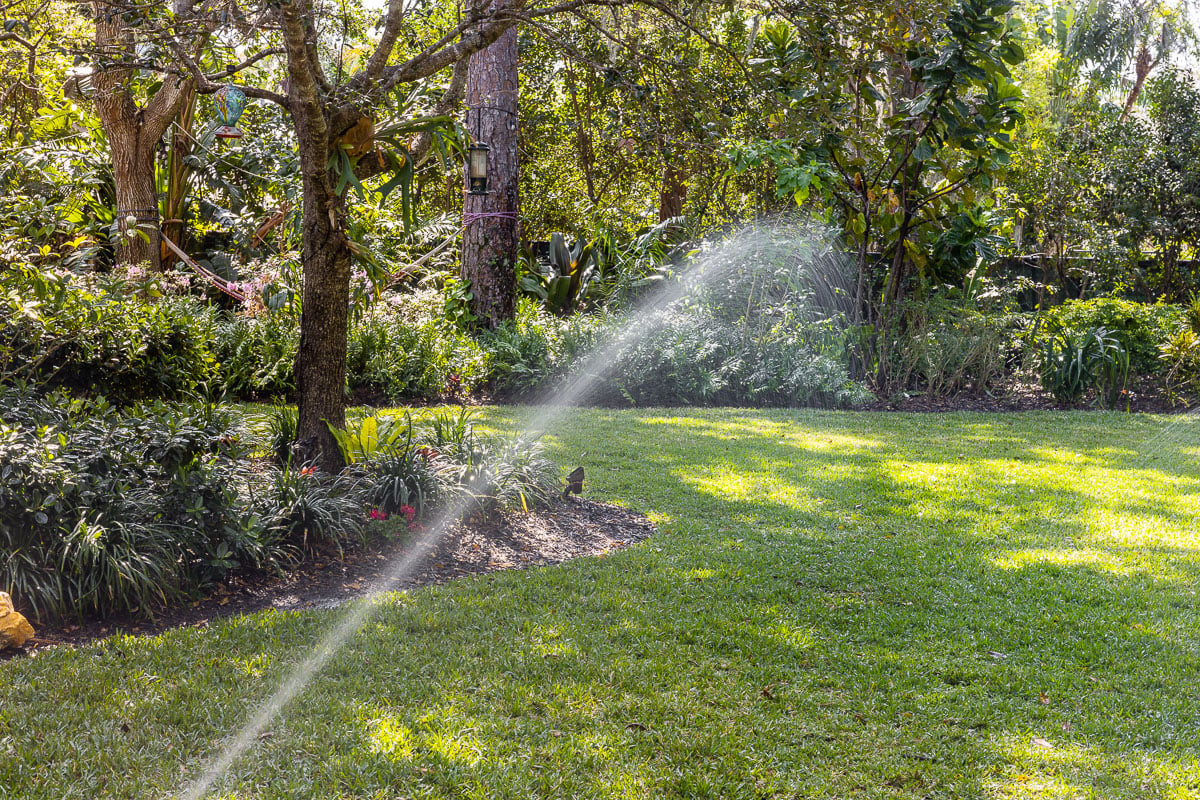
Stop Falling for These 5 Lawn Care Myths
The do-it-yourself economy is alive and well, perhaps more than ever thanks to social media and countless how-to videos from contractors and homeowners alike.
Look up any project, and you’ll find ten ways to get it done - and 100 more videos to refute them.
Homeowners wondering how to take care of their lawn have plenty of questions to answer, and the internet is sure to have answers for everything. But how can you tell good advice from bad?
We can’t answer all your lawn care questions in the space of this post (or perhaps even the space of one website!), but we can dispel some of the greatest lawn care myths that homeowners, and even many contractors, routinely make.

Read on to learn how you can avoid common lawn care mistakes and start down the path of sustainable, effective lawn care.
1. Myth One | Lawn Fertilization Plans Are Only Seasonal
In most of the country, lawn care is a seasonal program.
As Sarasota homeowners know, Florida is not most of the country.
With a growing season that never quite ends, turf fertilization programs here are best suited to run year-round. That means getting away from the typical spring-summer-fall mindset and focusing on consistent lawn care to match the length of the Florida growing season.
There are other reasons to continue lawn fertilization on an ongoing basis. With sandy soils and few viable turf species, consistent feeding is needed to keep sod healthy and vibrant.
By fertilizing throughout the year, Sarasota homeowners can avoid the mistake of under-feeding their lawns.
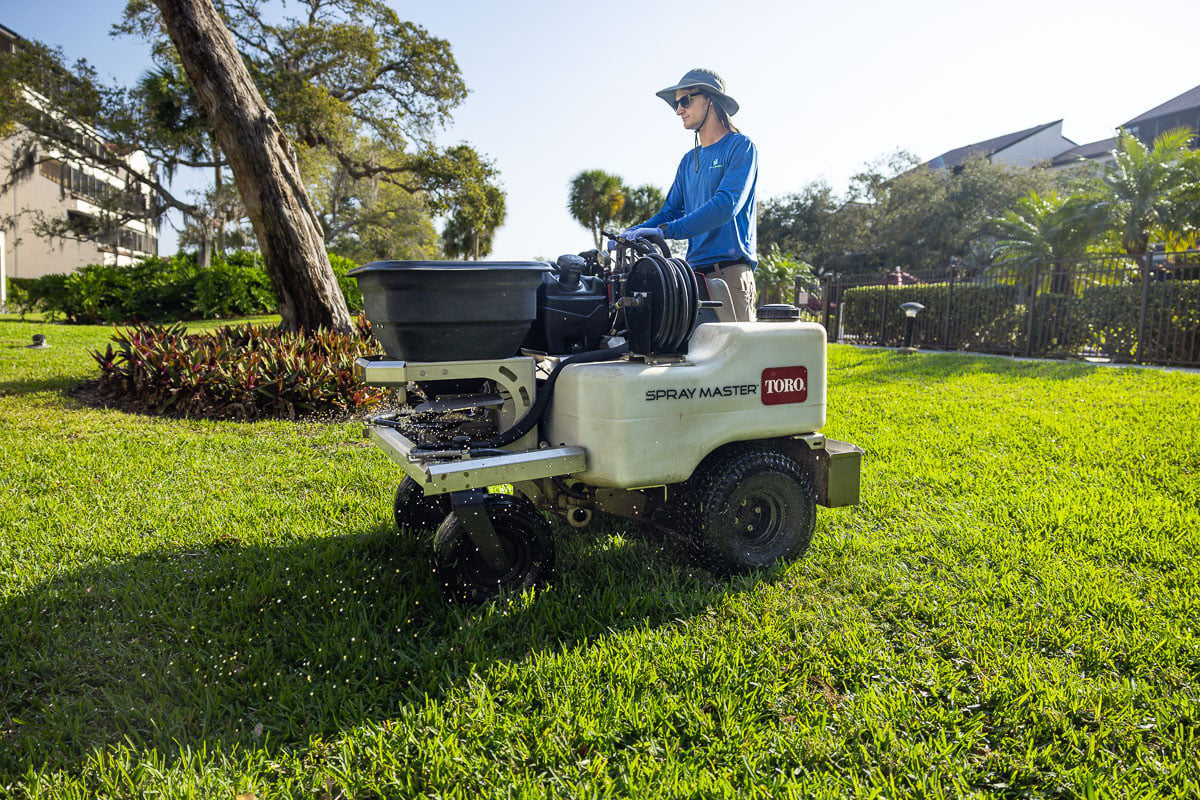
Myth Two | Heavy Lawn Applications Are Best
If some is good, more is better.
When it comes to lawn care, that’s true of the number of lawn applications your turf receives. But it’s certainly not true of the amount of fertilizer, pesticide and other materials it receives.
By moving to a year-round fertilization program that includes more total visits, less product can be applied in each instance.
Many lawn care service providers, unfamiliar with the unique needs of Florida turfgrasses, will apply the same amount of product in a three-to-six visit program that our teams apply over the course of 12 monthly visits.
Heavy applications lead to runoff as plants cannot take in all of the fertilizers and pesticides that hit them. And as these excess materials reach coastlines and other waterways, the damage they can cause (if applied improperly) adds up quickly.
By moving to a monthly turf fertilization program, you can avoid the mistake of over-application. Pest control programs can also be fine-tuned, where timing is critical in controlling pests during vulnerable stages of their life cycles.
Poorly-administered lawn care programs cause damage far greater than the money wasted on excess material.
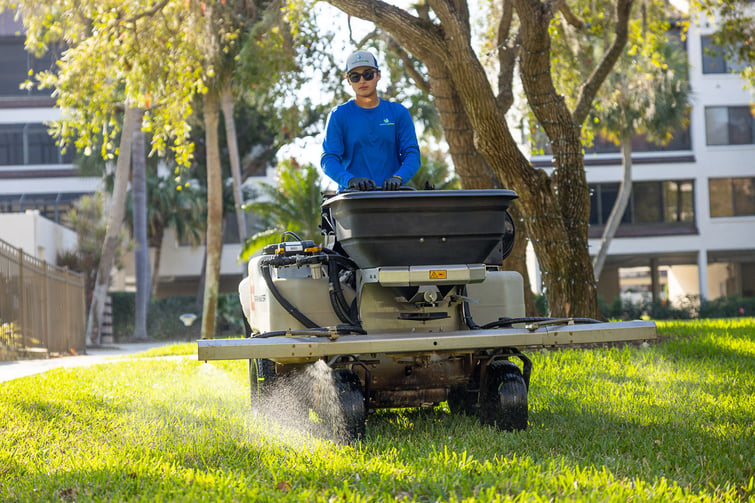
Myth Three | Mowing is Mowing - Who Cares How It’s Done?
One of the great lawn care myths is that cutting the grass is just as simple as it sounds.
After all, is there a more classic job for the teenage entrepreneur than to pick up a mow route on evenings and weekends? Most green industry owners and leaders will tell you that this is how they entered the business in the first place.
For large commercial properties and high-end residential and vacation rental properties, however, there’s more to cutting the grass than just getting it done.
Improper mowing techniques like cutting too low for your sod variety can scalp the turf, leading to burnout and increasing exposure to damaging pests and pathogens.
Creating damage or thin areas in the lawn also creates an opening for weeds. The best natural weedblock is a full, rich lawn. Anything that compromises the health of your turf inadvertently creates new space for weeds to take hold, too.
Furthermore, it’s easier to maintain a healthy lawn than to help a damaged lawn recover. By mowing and trimming properly, fertilization and water inputs are lessened and maintenance costs are reduced in the long run.
This is to say nothing of the striped, trimmed and clean overall picture that professional lawn care companies can knock out in the blink of an eye.
It’s true that mowing is among the most achievable projects for DIY homeowners to tackle. For properties with more demanding standards, there’s good reason to make sure it’s done right.
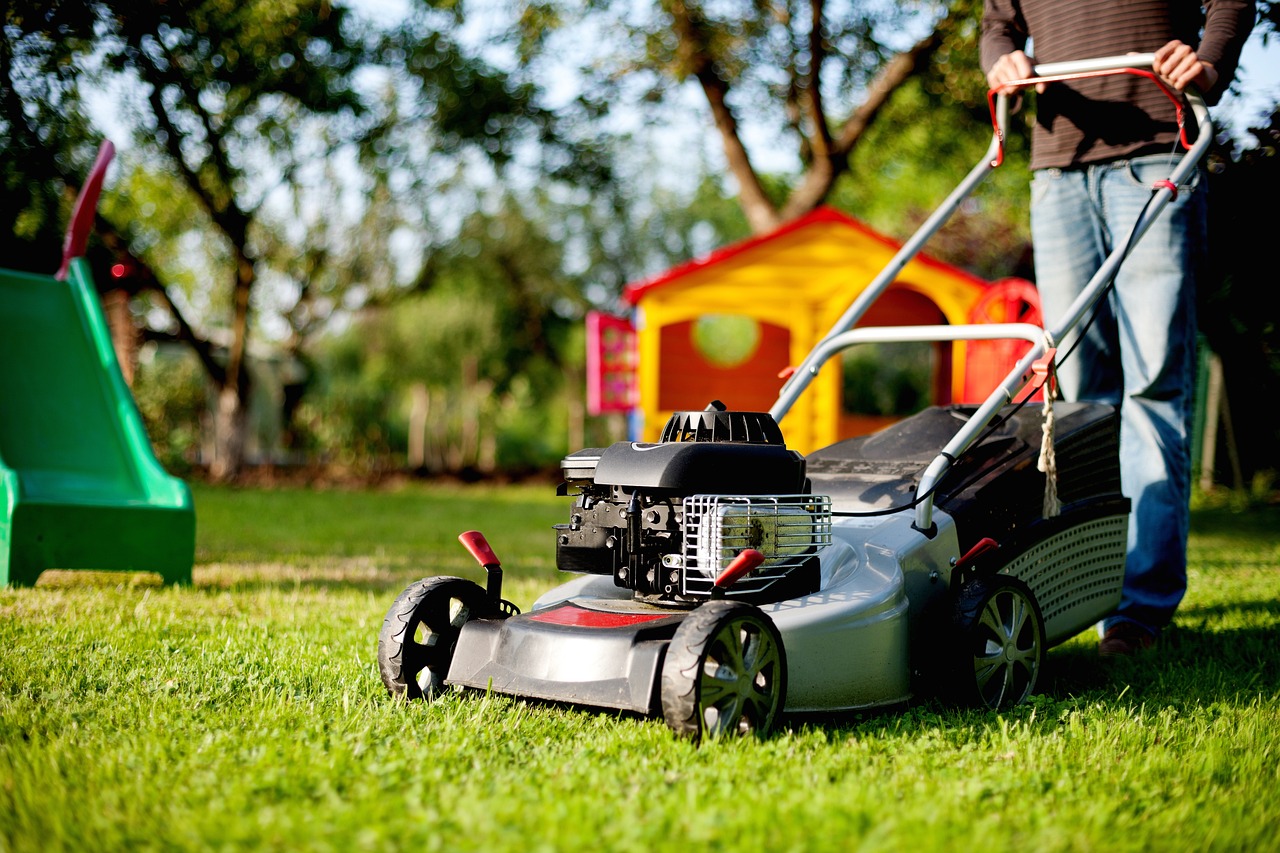
4. Myth Four | Plants are Tough and Will Survive Anything
It’s no myth that plants don’t need us to survive. In many instances, the less we interfere, the more likely they are to thrive.
Of course, that’s only true if plants are allowed to find their ideal spaces in the landscape.
Manicured and designed landscapes are exercises in interference. Nowhere in nature will you find a hedge row or the perfect monoculture of a lawn.
We tend to make plants fit the picture of our homes and outdoor spaces, and not the other way around. As a result, many landscape plants (and turf, especially) are placed to achieve a look or utility regardless of their viability for those spaces.
The process of re-wilding developed spaces is a long-term endeavor, even if you intend to fill your landscape with native plants. To select the plants and turf you want and keep them healthy, they will need specific care and inputs to survive and thrive.
One big lawn care mistake to avoid: just because your grass is green and healthy now doesn’t mean it no longer needs continuing maintenance care to stay that way.
For water-hungry sod varieties in Sarasota, timely and targeted irrigation is essential. Fertilization replaces what is lost in our sandy soils, and proper mowing techniques ensure that plants stay healthy enough to avoid common pest and environmental damage.
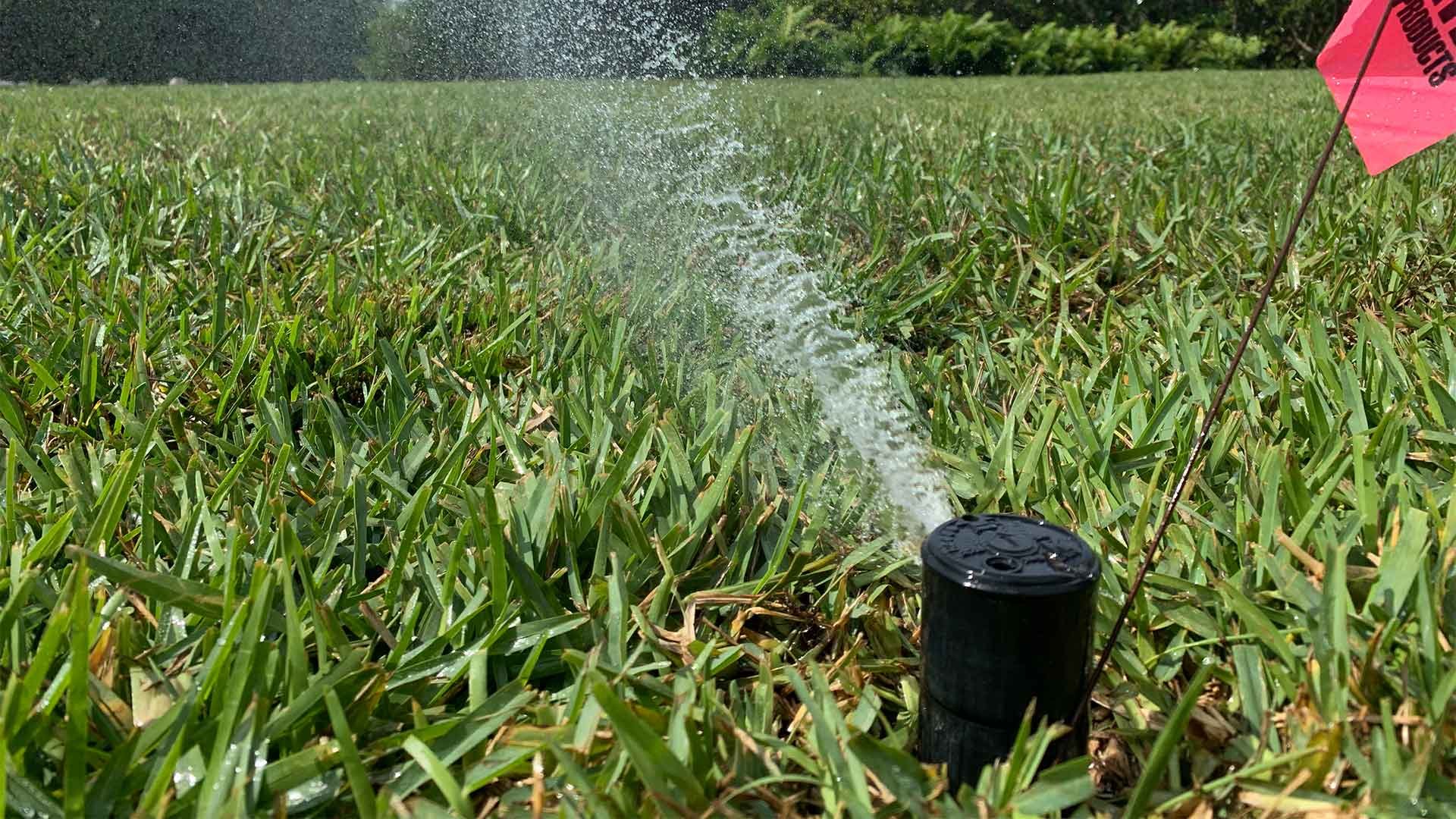
5. Myth Five | The Rainy Season is the Best Time to Plant
If water is needed to keep your new sod alive and healthy, it stands to reason that Florida’s rainy season is the time to get it on the ground.
If you’ve made this common lawn care mistake, you’re not alone.
Unlike irrigation, the rainy season in Sarasota is irregular and unreliable. Heavy rainfalls inundate turf with more water than they can soak up, leading to runoff or even erosion on newly-planted landscapes. Large gaps between rain events deprive sod of the consistent watering they need, while long periods of inundating rain can lead to root rot and damaging fungal growth.
Established lawns can handle the ups and downs of the rainy season, but new ones may not. The best way to water a new sod installation is with a professional irrigation system.
Unlike rain, irrigation is controllable and consistent. Proper systems apply consistent water to all parts of the lawn, and can be dialed back or increased depending on the weather.
For new lawns, consistent and appropriate watering is key to establishing healthy root growth in the sandy soils of Sarasota.
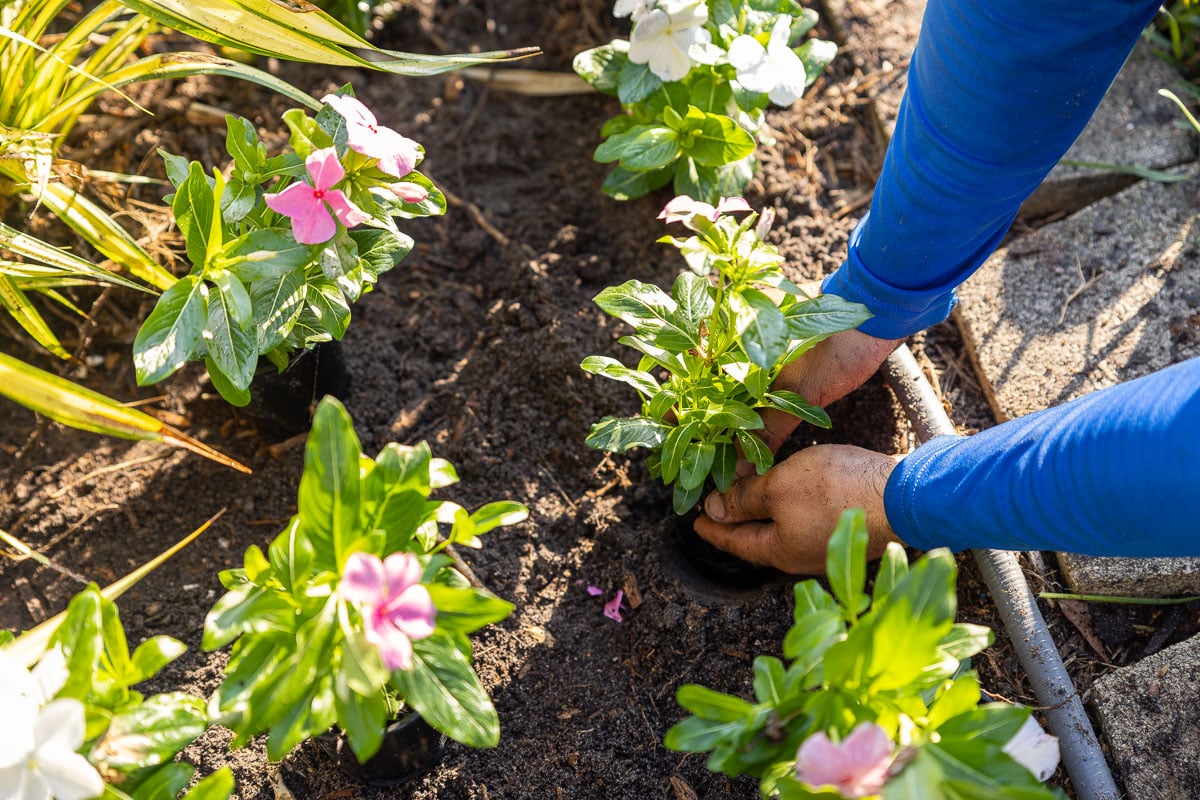
It’s Just Grass - Do I Really Need Professional Lawn Care?
Whether it’s mowing, fertilizing, trimming or watering, the best lawn care is a year-long program that considers all of these factors and creates a plan to make them work in harmony.
Instead of putting your weekends and dollars into lawn care practices that could prove to be costly lawn care mistakes, team up with a professional landscape and turf care provider who understands lawn care fact from fiction.
Reach out today and one of our licensed landscape professionals can help you craft an annual lawn care program to fit your home or vacation rental property.


